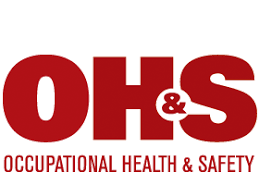Redefining the Safety Hierarchy in a Confined Space
What are the steps you should first consider to ensure your confined space entries are safe and that workers are best equipped to respond if they are met with a life-threatening hazard? – By Dan Lemon, OH&S, August, 2023
A lot can happen in four minutes, especially when those four minutes are spent in a confined space. Confined spaces are prone to oxygen displacement, and after just four minutes without oxygen, you can experience brain damage or even die. It should be no surprise, then, that confined spaces are the leading cause of multiple fatalities in the workplace. That’s why it’s so important to take extra precautions to ensure safety in confined spaces.
It’s an age-old horror story: a worker enters a confined space, most likely for routine maintenance or repair, and an atmospheric hazard is present. When the entrant doesn’t respond to the hole watch, their supervisor and peers get worried, so one of them enters the confined space to check on the original entrant only to be overcome by the same gas hazard. Unfortunately, this scenario is too common—The National Institute for Occupational Safety and Health (NIOSH) reports that 60 percent of confined space deaths are among these “would-be” rescuers who enter a confined space without understanding the hazards within.
Click here to read the full article from Occupational Health & Safety, August, 2023.



